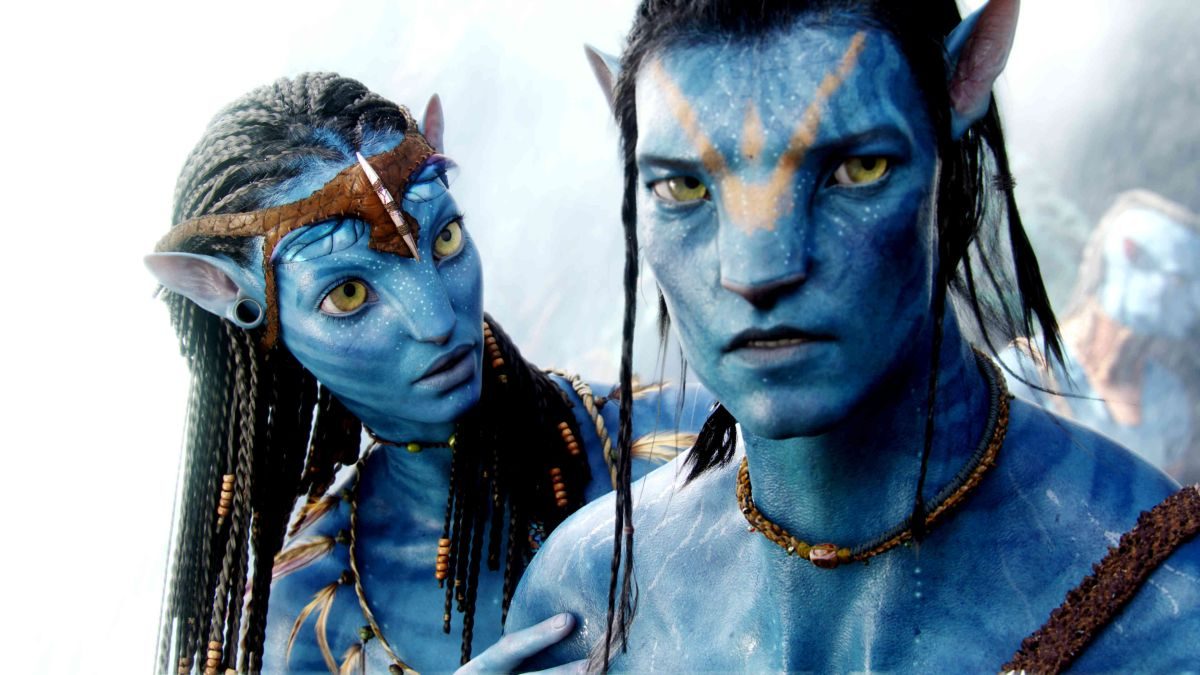Table of Contents Show
Avatar was the top-grossing movie of all-time with a whopping global box office of two-billion, seven-hundred and ninety million, and four hundred and thirty-nine thousand dollars (try saying that three times fast). According to the article, “Avengers: Endgame Tops Avatar To Be The Highest-Grossing Film,” from The Guardian, it was only topped by Avengers: Endgame in 2019 after a decade-long run at the top of the record books.
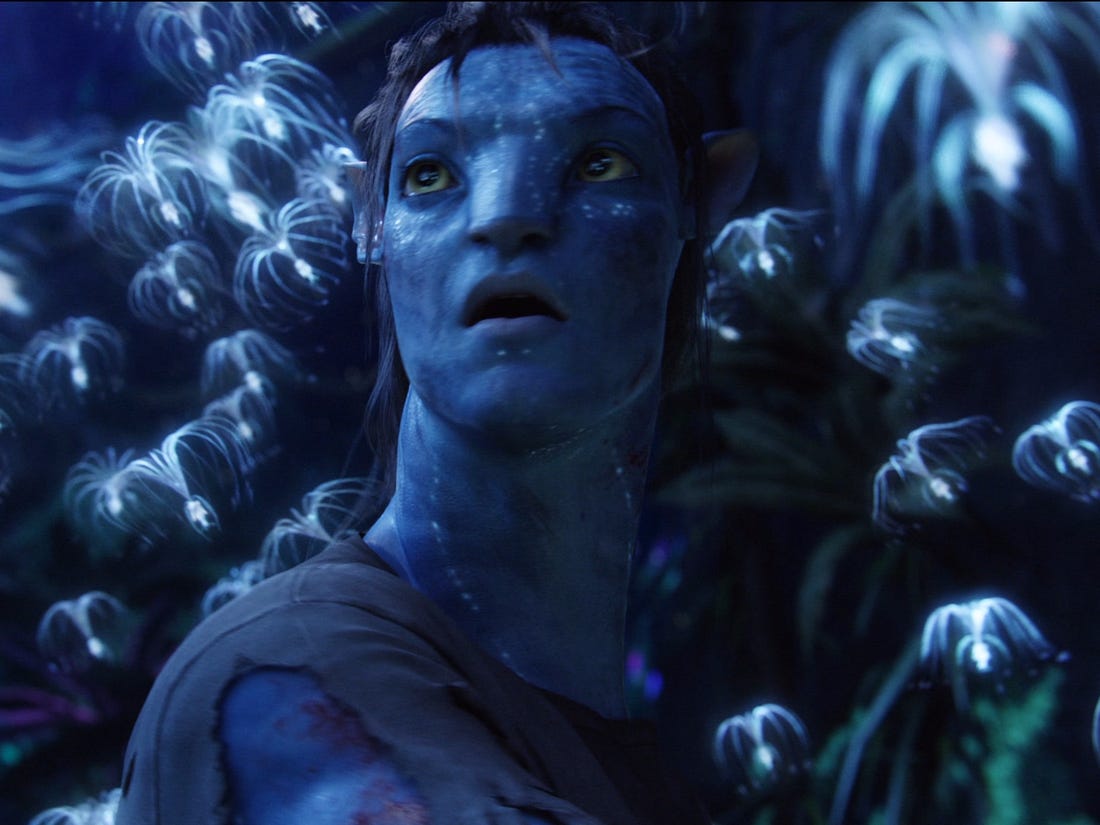
It wasn’t strictly a financial success either, as evidenced by the movie’s IMDB Awards page; the film won three Academy Awards and was nominated for another six. It’s heralded as a masterpiece and turning point in visual effects, but do these high marks hold true a little over a decade later?
What Is Avatar?
Avatar is a sci-fi space epic taking place on the planet of Pandora. Pandora is a planet far, far away, vast with extraterrestrial flora and fauna, and is the home of a humanoid race known as Na’vi. Humans in the 22nd century are seeking to mine Pandora for a mineral known as unobtanium.
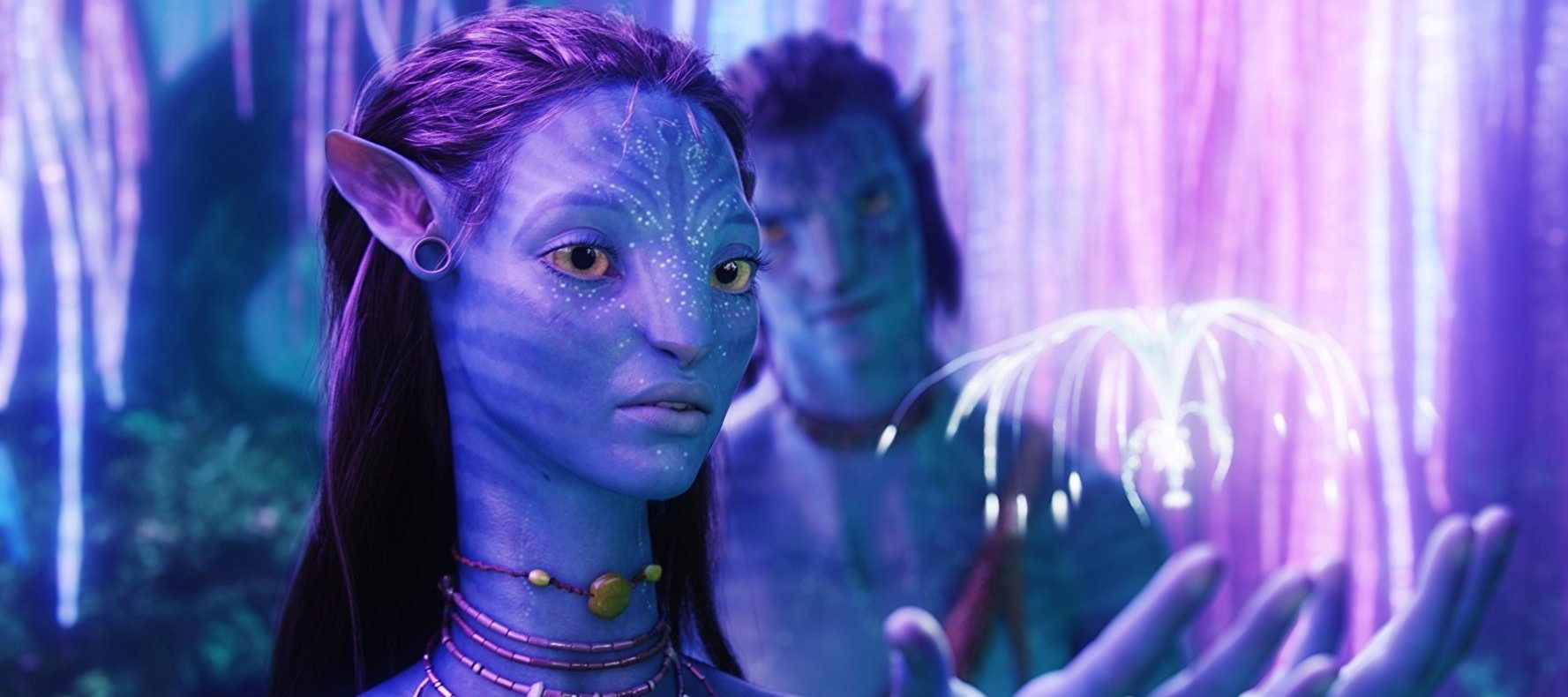
A scientific study, funded by the military and mining companies, doctors an experimental trial to bind human consciousness with Na’vi bodies, and one of these trial members, Jake Sully, is the protagonist through which the audience witnesses the story unfold as conflicts between the Na’vi and military personnel come to a head.
High Highs
What Avatar gets right, it gets really right. That is to say, the positive aspects of the film are very well done. The best qualities in Avatar are the amazing visuals; the action set pieces, and Stephen Lang’s performance as a headstrong, menacing military colonel.
Avatar’s Amazing Visuals
This movie is absolutely beautiful. Where it’d be feasible to expect the CGI and world of Pandora to be considerably less impressive after a little over a decade, that really is not the case at all.

Scenes like Jake first taking flight on a banshee, a native creature of Pandora vaguely reminiscent of a pterodactyl, or Jake and Neytiri walking through the tree of voices are still awe-inspiring. Even smaller technical feats that are easier to give less credit to like how the spaces shuttles look or the character designs of the Na’vi are true visual accomplishments in Avatar.
The Action In Avatar
Avatar does not disappoint with its action. Watching Na’vi members free-run through the jungle-esque world of Pandora is very engaging. All the scenes involving banshees and aerial combat make for good fun. Additionally, the film ramps up to a big final confrontation between the Na’vi and military personnel, which is just one extravagant fight scene after the next. The final fight between Jake Sully, with the aid of Neytiri and a viperwolf (another of Pandora’s deadly native creatures; reminiscent of a panther or jaguar in how agile and stealthy it is) and Colonel Miles Quaritch, outfitted in a metallic, power-armor, stands out as a climax to remember, partly because of how despicable Colonel Miles Quaritch is as the film’s primary antagonist.
A Big Bad To Remember
Stephen Lang gives a great performance as the film’s baddie, Colonel Miles Quaritch. He’s a gun-tooting, take-no-prisoners kind of villain. It’s a bit on the nose, but Lang really buys into the character, making it so that Colonel Quaritch doesn’t feel corny or too cartoony. There’s not a lot of nuance with the character, but Colonel Quaritch makes for a great bad guy for the audience to really despise, which makes the plight of the Na’vi have more weight.
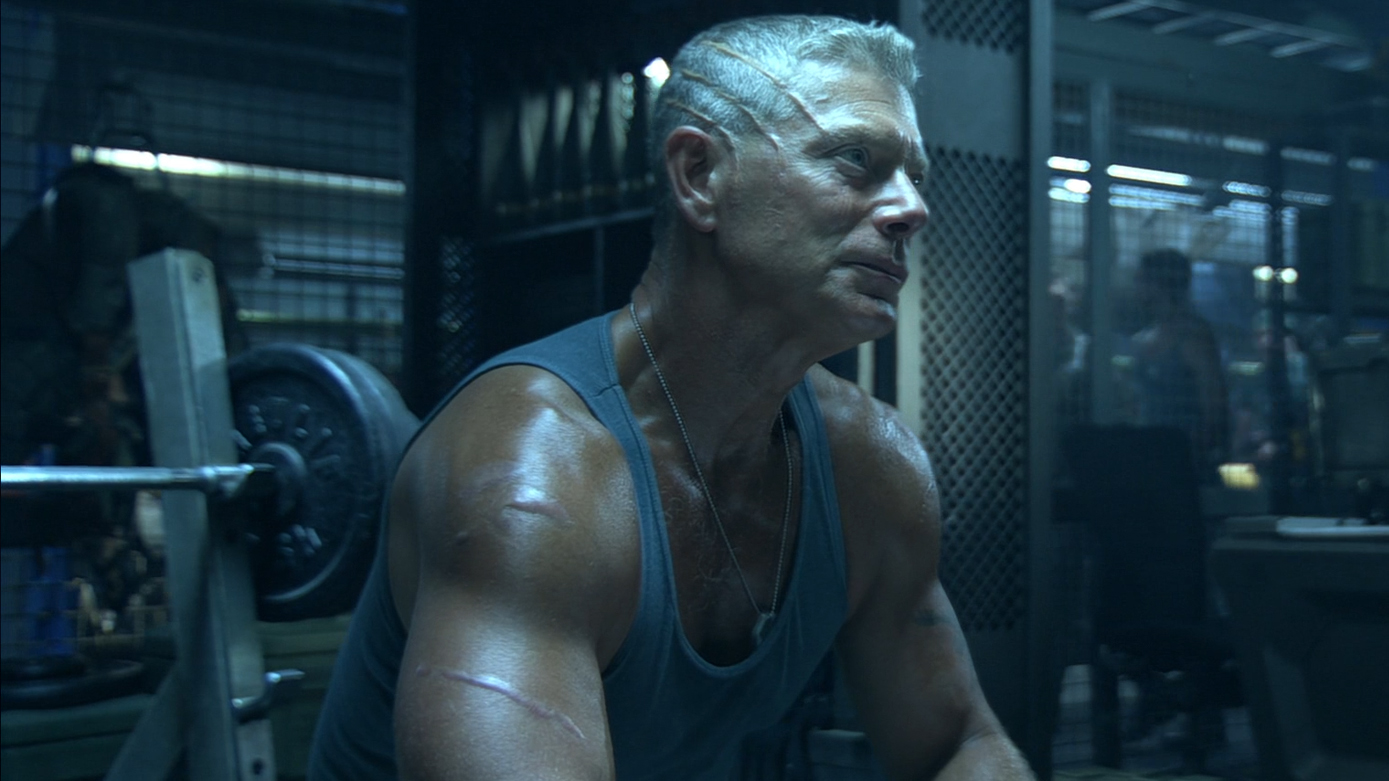
Low Lows
On the flip side of the film really nailing certain aspects, some parts of the film feel especially lackluster or subpar. The less than superb elements in Avatar are the writing and the acting.
The Writing In Avatar
Lazy narration is the primordial sign of poor movie writing. Avatar happens to have tons of it. Put two and two together. The characters, for the most part, feel really bare bones. This makes true investment as an audience member really difficult because, yeah, the world is awesome, but the people in it aren’t. They’re formulaic caricatures of real people who don’t have genuine motivations or desires, and not having characters to connect with just places more strain on the film, with the audience really relying on the action and world-building to feel entertained. There are countless scenes only dedicated to the exposition and explaining the world to the audience. It’s not bad to the point of ruining the entire movie, but it is not doing the film any favors, and the fair share of wooden performances amplifies it.

Avatar’s Acting
Undoubtedly in accordance with the clichéd and just kind of lazy writing present in the film, there are a decent amount of phoned-in performances in this movie. All the CGI probably contributes as well (which the film couldn’t do without). Na’vi characters probably gave the majority of their lines in a sound booth, and that’s just how it had to be. However, that excuse does not work for Sam Worthington (who plays the main protagonist, Jake Sully) or Sigourney Weaver (who plays Dr. Grace Augistine, a pretty substantial side-character). They have a considerable amount of in-person, actor-to-actor scenes, and they’re just not very believable. They’re very monotone in how they deliver dialogue and just don’t seem to be having fun with the characters, which really works to the detriment of the film.
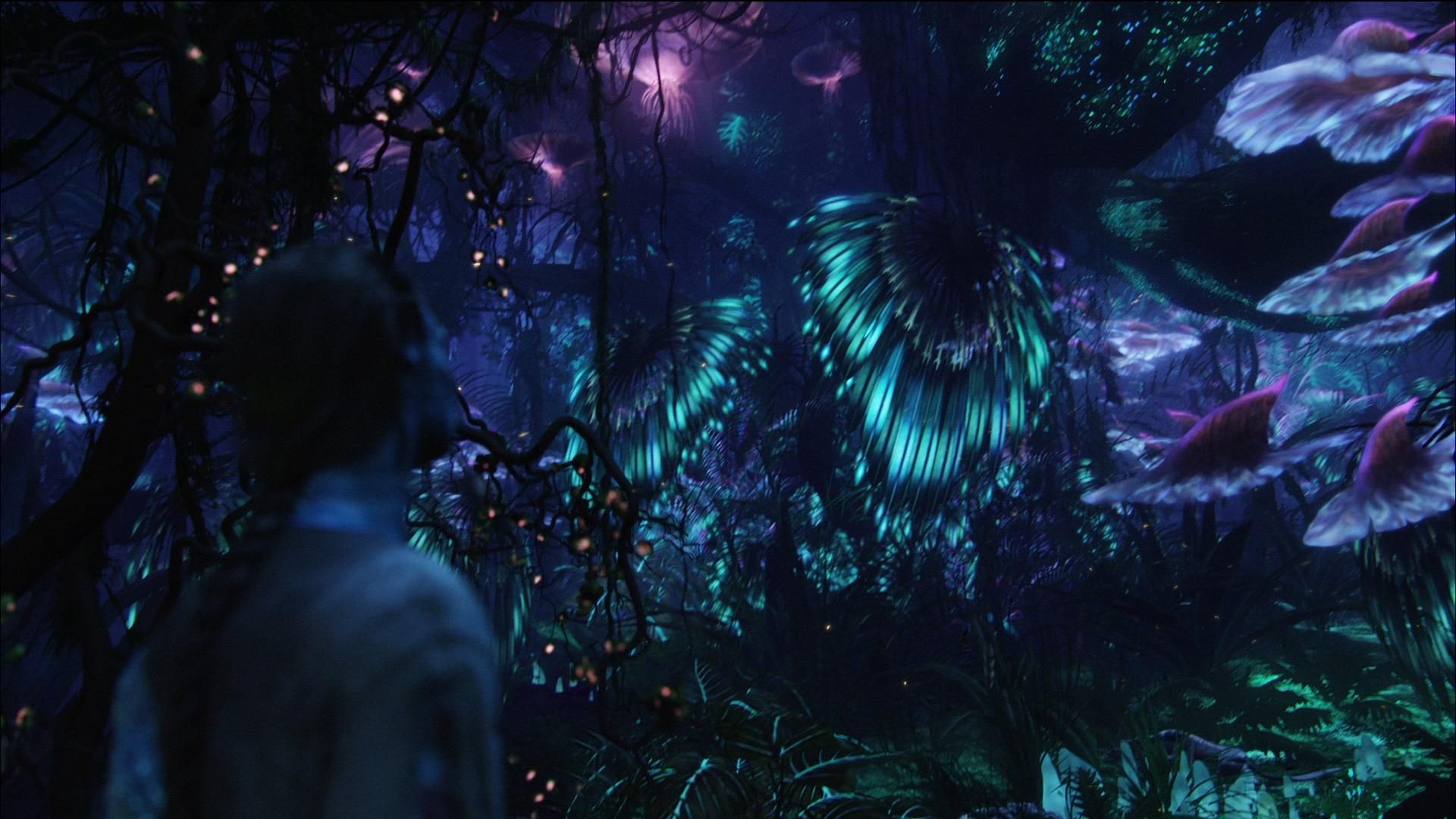
So… Avatar?
Avatar is a really solid film. The action is comparable to some of the best summer blockbusters in history. The world and visuals are an absolute treat to the eye. Additionally, Stephen Lang’s performance as the main antagonist, Colonel Miles Quaritch, is brilliantly evil. Anyone who’d argue the only good thing to come from the film is the Papyrus SNL skit would be drastically underrating it. That being said, its shortcomings, primarily the writing and acting (from the lead no less), make it quite surprising that the film was the top-grossing movie of all-time for nearly a decade.
This all goes to say that while Avatar established a new precedent for CGI and visual effects in film and still makes for an engaging watch, it is not nearly worthy enough to be chiseled into the Mount Rushmore of sci-fi space epics or be pointed to as a masterpiece.
